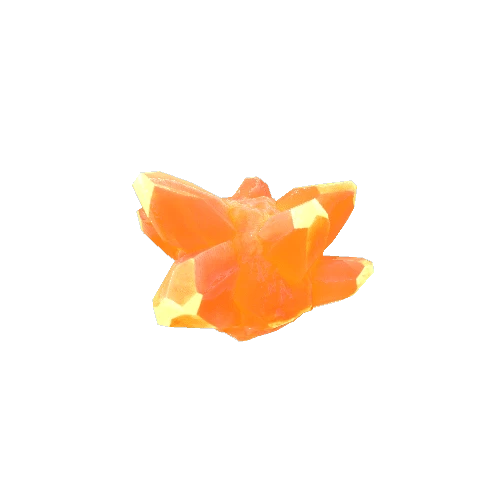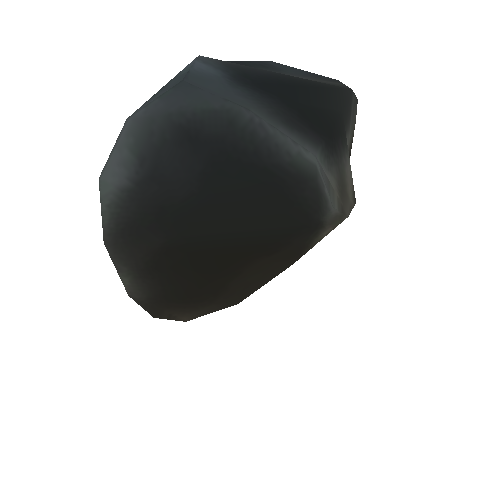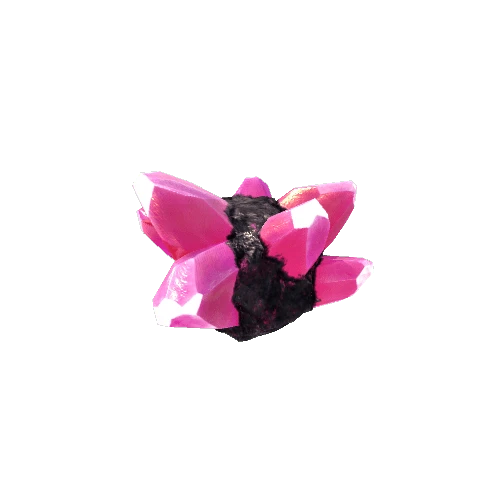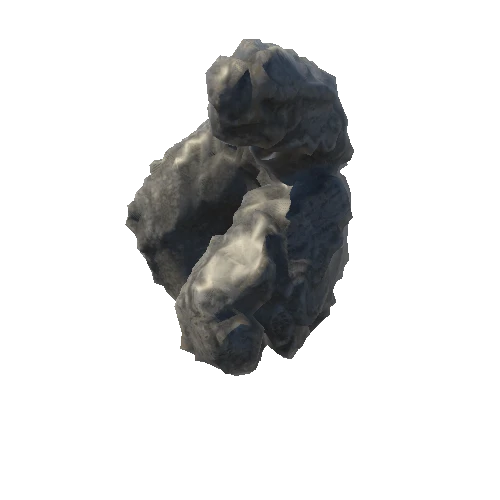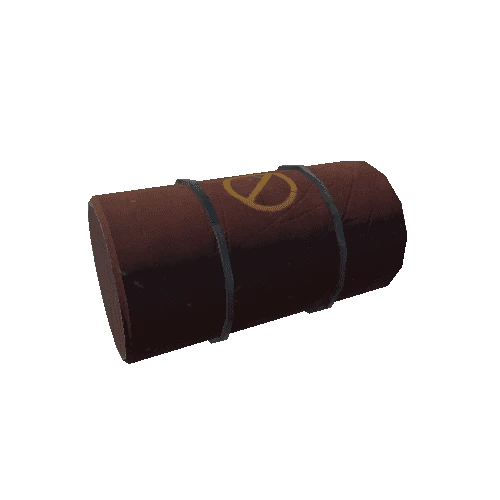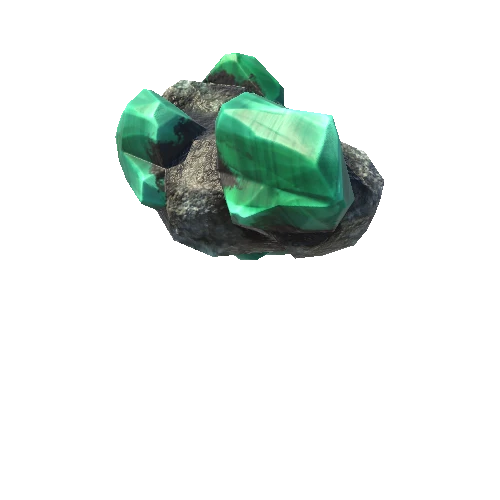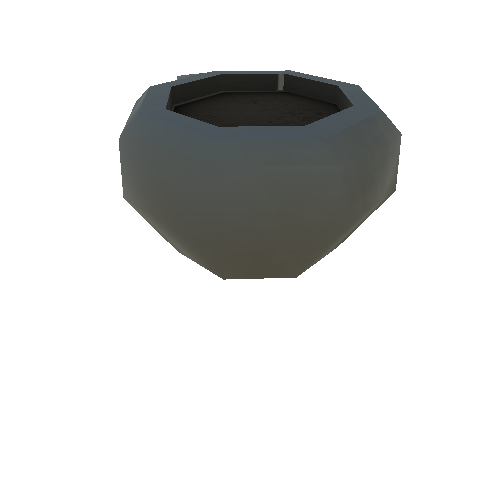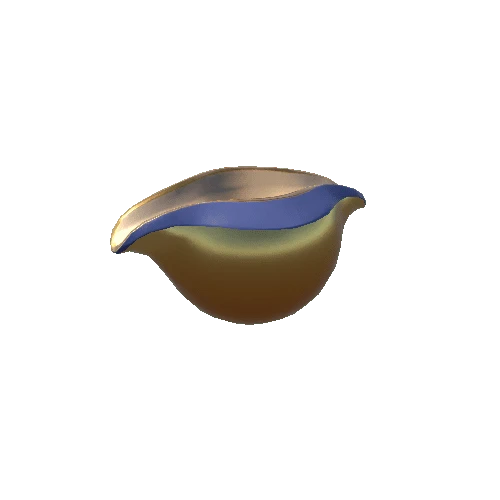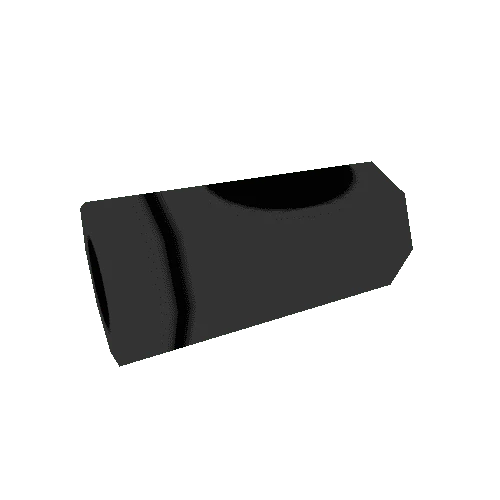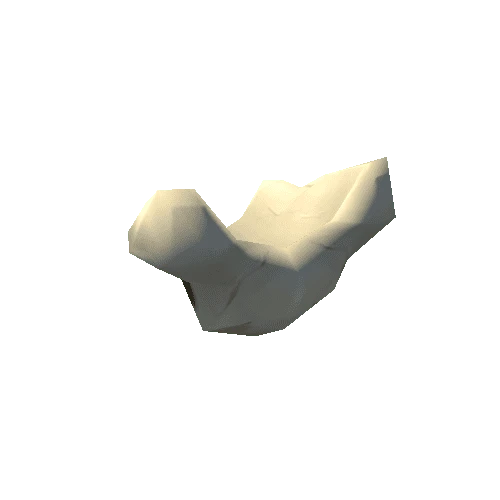Select or drop a image or 3D model here to search.
We support JPG, JPEG, PNG, GIF, WEBP, GLB, OBJ, STL, FBX. More formats will be added in the future.
Asset Overview
BIRUG 50538 is a specimen of the oyster *Gryphaea arcuata*, more commonly known as a “devil’s toenail”. This taxon is well known from Lower Jurassic rocks around Europe (~200–166 million years ago).
Research suggests the shape of this species may be linked to the environmental conditions in which the animal lived; specimens with “small, wide and thin” shells indicate hot and possibly oxygen-poor eutrophic environments, whereas “large, thick and narrow” shells with a high growth rate were formed under cooler, more ideal living conditions (Nori & Lathuilière, 2003).
More generally the genus *Gryphaea* persisted from the beginning of the Jurassic until around the end of the Eocene (~200–34 million years ago), when they became extinct.
This animal lived on the seafloor, with the large convex part of its shell buried in sediment.
In traditional folklore, it was believed that carrying one of these fossils would prevent rheumatism.
This model was created by Andrew Jones using an Artec Spider 3D scanner.






